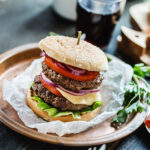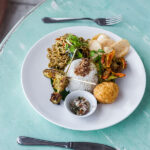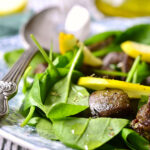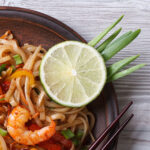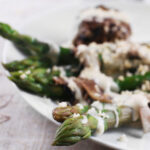The Art of Food Photography: Tips and Techniques for Captivating Images
Mastering the Art of Food Photography
Food photography has become increasingly popular in recent years, thanks to the rise of social media and the growing interest in culinary experiences. Whether you are a professional photographer or an amateur looking to improve your skills, capturing mouth-watering images of food can be both challenging and rewarding. In this blog post, we will explore some tips and techniques to help you master the art of food photography.
1. Lighting is Key
One of the most important elements of food photography is lighting. Good lighting can make all the difference in bringing out the colors, textures, and details of the food. Natural light is often the best choice for food photography, as it creates a soft and flattering effect. Position your subject near a window or shoot outdoors during the golden hour for beautiful, natural lighting.
2. Composition and Styling
Composition and styling play a crucial role in food photography. Consider the placement of your subject, the use of props, and the overall arrangement of the scene. Experiment with different angles and perspectives to create visually appealing compositions. Pay attention to the colors and textures of the food, and use props such as plates, cutlery, and napkins to enhance the visual appeal.
3. Focus on the Details
When photographing food, it’s important to capture the small details that make it enticing. Get close to your subject and focus on the textures, patterns, and intricate details of the food. This could be the steam rising from a hot dish, the drizzle of sauce, or the sprinkling of herbs. These details add depth and interest to your images, making them more captivating.
4. Use Depth of Field
Depth of field refers to the range of sharpness in a photograph. By using a shallow depth of field, you can create a beautiful bokeh effect, where the subject is in sharp focus while the background is blurred. This technique can help draw attention to the food and create a sense of depth and dimension in your images. Experiment with different apertures to achieve the desired effect.
5. Editing and Post-Processing
Editing is an essential step in food photography. Use editing software to enhance the colors, adjust the exposure, and make any necessary corrections. However, it’s important to strike a balance and avoid over-editing, as this can make the food look unnatural. Aim for a clean and natural look that accurately represents the colors and textures of the food.
Conclusion
Mastering the art of food photography takes time, practice, and attention to detail. By understanding the importance of lighting, composition, focus, depth of field, and editing, you can capture stunning images that make the viewer crave the food. So grab your camera, experiment with different techniques, and let your creativity shine through your food photography.

